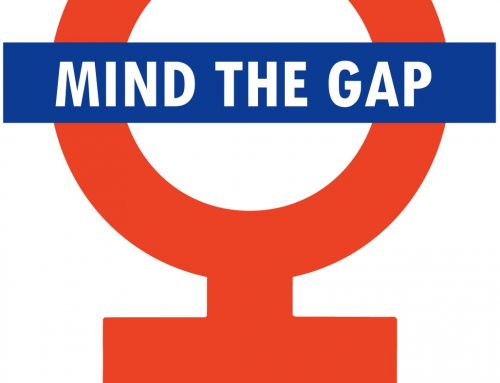Never mind the glass ceiling. It seems that the final barrier for professional women was to break through the glass ceiling, but a new concern has emerged for those women who do make it to executive roles: the glass cliff. Women are promoted or brought in to manage companies that are struggling, and when they fail to turn the firm around, they are fired, or pushed off the cliff, a term coined by British researchers.
Is there truth to this claim? Certainly, more women CEOs are fired than men: 38% vs. 27%, according to a study conducted by Strategy&. The study’s authors attribute these numbers to the fact that women CEOs tend to be outsiders. Since fewer women are being groomed for the c-suite, boards tend to look at a pool of candidates from outside the firm. The authors also contend that being an outsider at a company makes it more difficult to be successful; fewer contacts within the firm and a lack of understanding of inner workings may make it harder to by an effective leader.
Executive editor Jill Abramson was unceremoniously fired from The New York Times, allegedly for either her “pushy” work style or her request for pay commensurate with a male predecessor’s. She had held the post since September 2011, a time when the transition towards an enhanced digital presence was critical to the paper’s survival. Marissa Mayer was famously hired by Yahoo in 2012 at a time when the company had had seven CEOs in five years and had struggled to articulate its place in the world of tech next to companies like Google and Facebook. The case of Mary Barra, CEO of GM, an executive who rose through the ranks, will be an interesting one to watch. Just two weeks into her tenure, she was handed a major recall crisis. Faulty ignition switches were likely responsible for the deaths of 13 people; that the company may have known about the problem for years now falls squarely in the lap of the newly-appointed Barra.
While these are anecdotal examples, the statistics are clear: female executives, when they do make it to the upper echelons of management, are more likely to be forced out. In the case of Abramson, her managerial style was the reason given for her dismissal by publisher Arthur Sulzberger, Jr. A 2013 Politico article points to Abramson’s difficult management style and the possibility of her losing newsroom support. Yet women staffers described her as an inspiring figure. Some point to the theory of role congruity: our beliefs about gender roles go back to prehistoric times, when men were leading the tribe and women cared for offspring. When a woman moves into a leadership role, it jars our ingrained sensibilities, a “gender role violation,” and causes people to view her as less capable. Qualities that are seen as positives in male leadership are seen as drawbacks in female leaders.
The discourse, while somewhat discouraging, glosses over an important point: there are female CEOs and executive editors to fire. The Strategy& study discovered that in the last 10 years, there have been 75% more women CEOs in incoming over outgoing classes. Over the last five years, the number of women in the incoming CEO classes was 3.6%, up from 2.1% over the previous 5 years. And based on the data trends, the authors contend that by 2040, women will constitute 33% of incoming CEOs. The encouraging news is that the needle is moving, albeit slowly, in the right direction.






